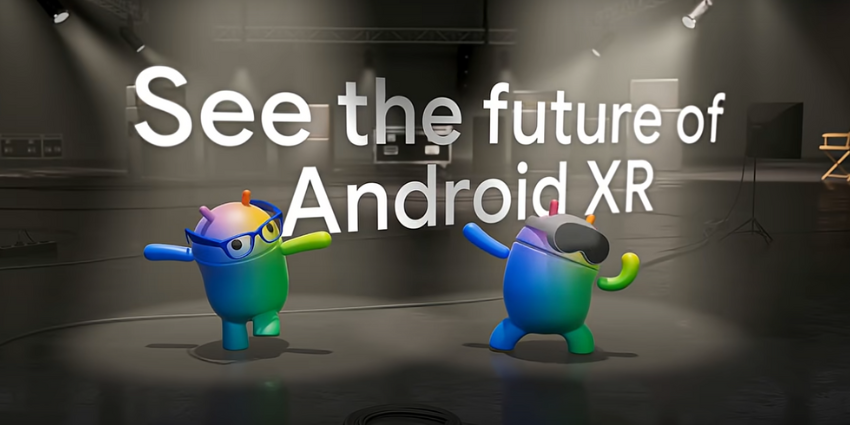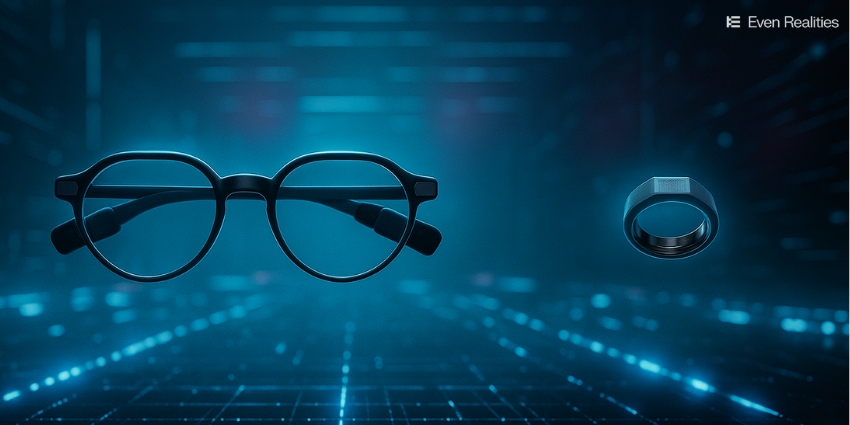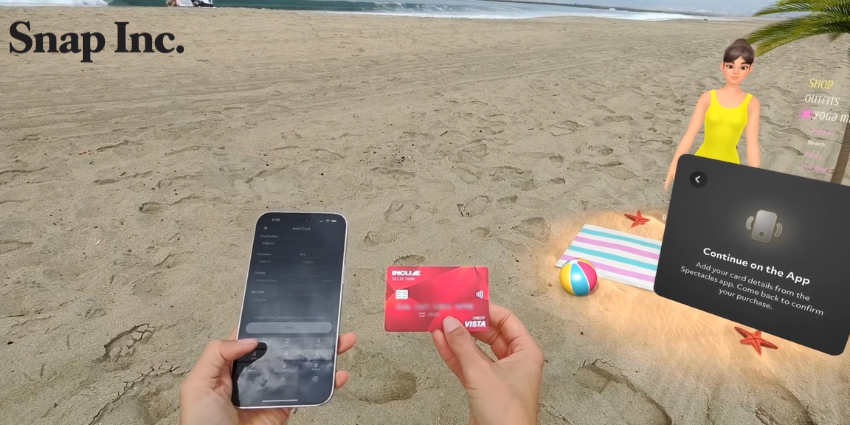The latest move by Goertek and Sunny Optical Technology is more than just another headline-grabbing deal – it’s a blueprint for how capital-intensive industries like AR optics can consolidate without draining resources or stifling innovation. And if it works, this “asset-light consolidation” approach could ripple far beyond the XR sector.
A Smarter Way to Merge
Goertek and Sunny Optical signed a non-legally binding Memorandum of Understanding (MOU) that could see Goertek Optical, a Goertek subsidiary, acquire 100% of Sunny Optical Technology’s Shanghai OmniLight, a cutting-edge optics company specializing in micro-nano optical devices crucial for AR and AI systems.
But this isn’t your standard acquisition. No cash will change hands. Instead, The stock-for-asset deal would position the two competitors as future partners. Sunny Optical will receive a 33.33% equity stake in the enlarged Goertek Optical, while Goertek maintains majority control with 66.67% ownership.
This model flips traditional mergers on their head. Rather than burdening one party with all the financial risk, both companies share ownership, risk, and most importantly: the rewards of their combined venture.
Why Traditional M&A Keeps Failing
Tech history is littered with cautionary tales: Microsoft’s $7.2 billion write-down of Nokia, ill-fated semiconductor integrations, and a string of failed hardware buyouts that burned through billions. The common problem? Misaligned incentives. The acquirer shoulders the cost and the risk, while the target company cashes out. If integration fails – or if the market shifts – only one side suffers.
Goertek and Sunny’s approach avoids this trap. By sharing risk and reward, they’ve built a partnership where both parties are fully invested in making the integration succeed.
The Advantages of Asset-Light Consolidation
This structure offers several strategic benefits that could make it the new standard for capital-heavy industries:
- Aligned Incentives: Since Sunny Optical retains equity in the combined entity, they have every reason to ensure the integration succeeds. Their Shanghai OmniLight team will be motivated to collaborate rather than resist change.
- Preserved Expertise: Rather than losing institutional knowledge through typical post-acquisition departures, the asset-for-equity model keeps key talent engaged as stakeholders in the new entity’s success.
- Capital Efficiency: Both companies can pursue consolidation without depleting cash reserves needed for R&D and operations, critical in fast-moving sectors like AR optics where technological leadership requires constant investment.
- Risk Distribution: Instead of one company betting its balance sheet on an acquisition, both parties share the risk of the combined venture failing, leading to more thoughtful integration planning.
For industries like XR, where hardware innovation requires high capital investment, this model is particularly compelling. According to one AR journalist:
“The boards of both companies believe that the proposed transaction will create significant synergies allowing [the two companies] to leverage each other’s strengths.”
Implications for the XR Industry
Goertek is already the quiet powerhouse behind some of the world’s most successful VR and AR devices, serving as the OEM and ODM for major global brands. With Shanghai OmniLight’s expertise in waveguides and micro-nano optics, Goertek could supercharge its development of lighter, more powerful AR devices.
For enterprise buyers, this means the promise of more affordable and accessible AR hardware, enabling wider adoption in training, remote collaboration, and design visualization. Imagine engineers inspecting digital twins of equipment in real time with crystal-clear holograms, or surgeons practicing complex procedures with unparalleled optical fidelity.
Challenges and Caveats
This model isn’t without risks. Managing a joint venture with a sophisticated minority shareholder can complicate governance and slow decision-making. Exiting the partnership, should it fail, could prove messy. Regulatory bodies, too, may view these arrangements with heightened scrutiny, especially in sensitive technology sectors. And, of course, integrating two distinct corporate cultures is never seamless.
But these hurdles pale in comparison to the potential upside if the partnership thrives.
A Template for the Future?
What we’re witnessing might be the early stages of a new consolidation paradigm, especially in China’s capital-heavy tech industries. By sharing resources while preserving independence, companies can build stronger, more innovative entities without overly leveraging their balance sheets.
For sectors like semiconductors, advanced materials, and battery tech – all industries facing similar pressures – the Goertek-Sunny model could be a roadmap for sustainable growth.
One industry expert shared thoughts on well-thought-through acquisitions like this:
“When AI and immersive tech converge, it opens up new possibilities for smarter training, hyper-personalized experiences, and real-time decision support. The future of AR/VR won’t just be about what we see, but how intelligently it adapts to us.”
Early Days, Big Potential…
Keep in mind this MOU marks only an initial non-binding step. The deal’s completion will hinge on thorough due diligence, the signing of a definitive agreement, and approvals from regulatory and anti-monopoly authorities.
Although it is not yet guaranteed, the agreement underscores a significant strategic alignment as both companies prepare to compete in the next wave of computing innovation.
If Goertek and Sunny Optical can make this partnership work, they won’t just be shaping the future of AR optics and spatial computing – they could be rewriting the playbook for global M&A strategy.
Will other industries follow suit, embracing collaboration over conquest? Only time will tell. But for now, the future of immersive tech just got a lot more interesting…
Join the conversation with over 2,000 XR professionals in our LinkedIn community and subscribe to our weekly newsletter to stay ahead of the latest XR innovations.







